5 Cool Finds: An old IWC Mark X, a GP Rattrapante, a Jaeger-LeCoultre Master Perpetual and two AP’s that you wouldn’t expect

In the online world of watches, vintage watches are covered extensively. Many of our online colleagues are doing a great job at this. Since we’re ‘passionate about vintage watches, and certainly no experts, we are more than aware of all the dangers of this ‘murky world’ of vintage watches. We’ve heard too many stories of modifying parts (bezels, dials, hands) or exchanging parts between two (or more) watches, and that’s why we prefer to stay clear of this. Most of us, of the Monochrome team, do surf the web, searching for used watches. However while we sometimes look for a nice vintage piece, we often look for so-called youngtimers. In a series of articles that we’ll do together with Catawiki, an online auction platform, who have given us access to the auction lots before the auctions start, we’re going to explore the online world of second hand watches. Mainly focused at youngtimers, and only once in a while a “vintage exception” that has not been tempered with. Today we’re going to start this series with exactly such watch, a very rare vintage IWX Mark X… that has been serviced by IWC, is still under warranty and is thus fully in the clear. Our watch expert Ilias is going to take a closer look at 5 watches that have been offered for auction today.
IWC Mark X (1944)
The watch we are about to present comes from a company with a great tradition in the development of wristwatches for the military forces of various nations; this harks back to the days when the mechanical watch was actually used as a tool. International Watch Company or IWC for short always produced austere and high quality watches and this one is perhaps the definition of this design ethos.
In the early 1940s the British Armed forces compiled a set of specifications for military watches that they wanted to supply to their troops. The twelve companies that produced watches that were accepted by the Ministry of Defence (as in, these watches met their specifications), would later become known, among collectors, as the dirty dozen. The Mark X name was adopted by all the manufacturers and in 1944 the IWC Mark X was issued to the military for service. All 12 manufacturers delivered about 150,000 of those watches to the British military while only 6,000 were delivered by IWC.
The IWC Mark X’s were perhaps the most prominent of the dirty dozen watches. They were 35mm without the crown and had 18mm lugs. They were equipped with the great calibre 83 movement. A 12-lignes (26.5mm) movement with either 15 or 16 jewels, which had a bimetallic screw balance and a Breguet hairspring, and ran at 18,000 vph. The calibre 83 was finely tuned and delivered excellent results while being at the same time extremely reliable and rugged. One peculiarity of the IWC Mk X was that it was the only watch from the 12 manufacturers that had a snap-on case-back; all other companies used a screwed case-back design. IWC used a lead seal between the case and the case back to prevent water ingress. For 4 years it was used by a variety of military personnel including RAF pilots and navigators.
The specific watch for sale is a fine example of a truly legendary military watch, and it is factory-restored at IWC with nine months’ warranty left. Truly an excellent choice for someone who wants on his wrist one of the most important military watches of all time. Check out the auction at Catawiki (by clicking here) and the additional pictures of this extremely rare beauty!
Girard-Perregaux Chronographe à Rattrapante (2001)
Girard-Perregaux, or GP in short for the sake of this presentation, is one of the truly legendary high-end Swiss watchmakers. In 1791, watchmaker and goldsmith Jean-François Bautte created a manufacturing company in Geneva, grouping, for the first time ever, all the watch making facets of that time, which meant starting from the engineering of the watch all the way to the final hand assembly and hand polishing of each watch. This company eventually, after a marriage, became Girard-Perregaux in 1856.
The company always relied on extensive research and development in order to produce wristwatches that were most of the time, way ahead of their competition. For example in 1965 GP designed the first mechanic movement that ran at a high frequency, with the balance vibrating at 36,000 vibrations/hour: the Gyromatic HF. Two years later, in 1967, the company received the Centenary Award from the Astronomical Observatory de Neuchatelin, as recognition of the accomplishments of the Manufacture.
The Girard-Perregaux Chronographe à Rattrapante we present today is a chronograph that honours the spirit of the company. It is, in our humble opinion, extremely well proportioned, very well made and technically very interesting. The watch measures 38mm in diameter with a thickness of 14mm, and under the sapphire crystal is a very beautiful white dial with golden hands and indexes and blue baton indices. It comes with a crocodile skin strap with steel buckle and is complete with original box and documents. The striking characteristic of the watch, beyond its looks, is that it is a chronograph with a rattrapante complication.
This type of chronograph has two central second hands and, unlike a standard chronograph, can thereby time multiple simultaneous events, like two people competing in a race. It can also time a series of events, such as the laps a single runner makes in a race. One of the hands, the so-called “rattrapante” hand, sits either directly on top of or underneath the main chronograph hand. The rattrapante hand is started and returned to zero simultaneously with the main chronograph hand. A special push-piece, inside the crown, and an additional mechanism, make it possible for the rattrapante hand to be repeatedly stopped (so that split times can be read) and then instantly brought into renewed synchrony with the main chronograph hand by flying back to catch up with it. All this occurs without affecting the motion of the main chronograph hand. Rattrapante chronographs like this GP from 2001 are regarded as particularly valuable because of the demanding complication.
Here you can find more photos of this stunning GP Rattrapante, and register for the online auction.
Jaeger LeCoultre Master Ultra Thin Perpetual Calendar (2013)
Jaeger Le Coultre is a company that needs no further introduction since it is one of the most important Swiss watchmaking companies in history. It has produced, right from the start up to now, exceptional watches with all kinds of innovations. At the same time Jaeger-LeCoultre timepieces were stylish and very well constructed. From the legendary Polaris to the renown Atmos clock, and from the Reverso to the various chronographs, Jaeger-LeCoultre always offered lots of bang for buck in relation to other Swiss watchmaking companies that charged triple the price. One such occasion is the watch we present today: the Master Ultra Thin Perpetual in Steel.
The perpetual calendar in the old Master Control collection was introduced in 1997 and phased out around 2004. It measured 37 mm in diameter and 10.1 mm in height, and inside ticked calibre 889/440/2. This ‘perpetual instrument’ was based on JLC’s legendary calibre 889/2, which was paired with a perpetual calendar module, and combined that was called cal. 889/440/2.
The model we present currently, was introduced in 2013. It measures 39 mm in diameter and 9.2 mm in height. Inside ticks the new calibre 868. It is a watch slightly larger in diameter, and slimmer in profile. This Ultra-Thin Perpetual features polished rhodium-plated hour markers and small dots for minute markers. The dial of the Jaeger-LeCoultre Master Ultra Thin Perpetual watch displays the perpetual calendar indications in a balanced and extremely clear manner: day, month, date, year and moon phase. Only one corrector regulates all the information. Once set, the automatic watch will not need any adjustment until 2100. The perpetual calendar mechanism takes into account the length of each month and counts 29 days for the month of February in every leap year.
At the heart of each watch is its movement, and what a movement in this case! The Jaeger-LeCoultre calibre 868 is an automatic winding movement with a perpetual calendar, and was introduced in 2013. It comprises 336 individual parts, and features a very nice finishing. The bridges are adorned with Côte de Genève, the main plate with pèrlage (circular graining) and all edges are bevelled and polished. The rose gold rotor features the brand’s logo (JL) and the brand’s Gyrolab balance! Quite simply true to its legacy JLC introduced a new lubricant-free movement and a non-circular balance wheel that has less air friction than the regular round balance wheel therefore saving energy and wear, and adding more precision.
This fantastic Ultra Thin Perpetual Calendar watch in steel from JLC comes complete with all documentation, box, receipt and guarantee and offers unrivalled quality at a relative affordable price taking in consideration what is under the hood. Check out the auction here on the Catawiki website.
Audemars Piguet Royal Oak Dual Time
The Royal Oak by Audemars Piguet has a mythical status. It belongs to this category of watches, few I might add, that transcend fashion trends. From the moment it presented at the Basel World fair in 1972 it radically transformed any notion the industry had up to that point.
In 1971 Audemars Piguet received some feedback from the Italian market about possible interest for a steel luxury watch. Therefore the management of the manufacture decided it was time to introduce something totally new, a sporty yet elegant timepiece as never seen before. The designer of choice for this task was Gerald Genta. Not a new designer, rather one of the most famous watch designers at that time, having created successful watches for Universal Genève, Omega and Patek Philippe.
On the eve of the 1971 Basel fair (one year before the launch) Audemars Piguet’s managing director at the time, called Genta at 4 pm explaining that the Italian market was expecting an “unprecedented steel watch” for which he needed a design by the following morning. A sports watch for all occasions with the most beautiful finish ever seen. By the morning next day a detailed sketch of the watch that was to become the Royal Oak had been delivered.
Inspired by a traditional diver’s helmet, this revolutionary steel watch was characterised by an octagonal shaped bezel secured by eight visible hexagonal gold screws, a visible water resistance gasket and a dial adorned with a petit tapisserie motif. This never-seen-before steel timepiece was more expensive, at the time of its introduction, than a gold Patek Philippe dress watch and more than ten times the cost of a Rolex Submariner. The message was certainly bold: haute horlogerie could come up with prestigious timepieces without necessarily relying on precious metals. From this point forward, it was the design, the precision of the implementation, and the superiority of the movement that counted. Needless to say that this bold statement by AP had a big impact especially among other Swiss watchmaking companies. The company continues to produce this myth in every conceivable version, and one of the most uncommon, and I dare to say, complete versions is the Dual time; the watch we are presenting to you today.
This variation of the Royal Oak is complete since it encapsulates the charm of the model by also adding very useful complications. It is a self-winding watch (AP calibre 2329/2846) indicating a second time zone in a sub-dial located at the 6 o’clock position with an am/pm indicator, a power reserve indicator located at the top left side of the dial and a date complication at the top right side. Fun fact: a dual time module developed by aforementioned brand Jaeger-LeCoultre. It has the ideal size of 39mm in diameter with 10,3mm in height and it is waterproof to 50 meters. Its black-toned dial has the “Grande Tapisserie” pattern with rose gold applied hour markers and Royal Oak hands with luminescent coating. This particular watch is 18kt Rose gold with high quality leather strap and comes complete with box.
To see more photos, the price and description of this Royal Oak Dual Time, check out the auction at Catawiki here.
Audemars Piguet Quantième Perpetual Automatic (1986)
Today, Audemars Piguet is considered one of the top three horological brands in the world for quality, complexity and desirability. This kind of global respect is not earned overnight – it is the result of over one hundred years of hard work and dedication. In order to be a leader and not a follower, Audemars Piguet had to differentiate itself from its competitors, which means taking risks; risks that almost cost the company its own existence.
In the heart of the Vallée de Joux in 1875 Jules-Louis Audemars and Edward-Auguste Piguet established a workshop. Audemars produced and assembled movements whilst Piguet ensured that the completed movements were correctly regulated. The two friends made the Audemars Piguet name successful by being the best at what they did, and over time, the company began to grow, quickly becoming one of the largest watchmaking employers in Switzerland. Quality control was where Audemars Piguet excelled, and this allowed them to produce some stunningly complicated movements.
When AP comes up most people will immediately think ‘Royal Oak’ however those who know the brand very well, know that the perpetual calendar models also made name and fame, back in the day. During the 1920’s the firm began to produce stylized and unique perpetual calendar pocket watches that were highly differentiated from those being made by other competitors. As the years passed, the very first wristwatches emerged and it was in 1955 that the company produced one of the very first series of perpetual calendar wristwatches that featured the essential leap year indication. During the 1980’s, 1990’s and 2000’s the company introduced a wide variety of perpetual calendar watches with the one presented here being one of them.
This specific model is 23,5mm in diameter 7mm in height and despite its small size is a masterpiece. Its movement comprises 292 parts and, notwithstanding the immense complexity of the movement, has a thickness of just 3.95 mm. The perpetual calendar mechanism will tell the correct day, date and month regardless of the number of days in a month and it will also self-correct for the added day in a leap year. Audemars Piguet literature of the period described how “the tiniest wheel of a Perpetual Calendar is thus polished 3 times. First with a diamond paste, then with the pith from an elder tree, and finally with the softest doeskin cloth. Each time by hand. Such care is justified only for an horological masterpiece”. The watch comes with box, warranty and manual with a recent service at AP. Here you can find this lovely small perpetual calendar on auction.
To see more watch auctions, keep an eye on Catawiki. Every week a few new auctions start and mainly the “men’s luxury watches auction” (click here) comprises the most interesting lots.

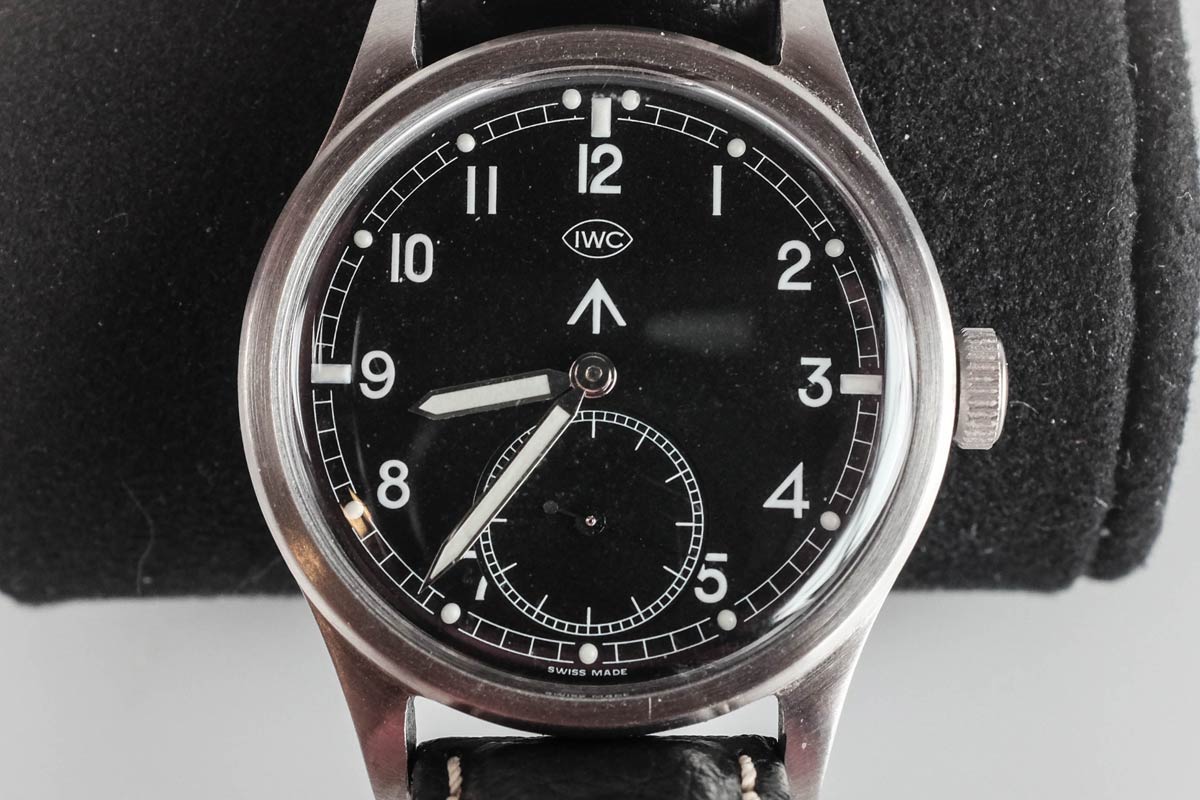
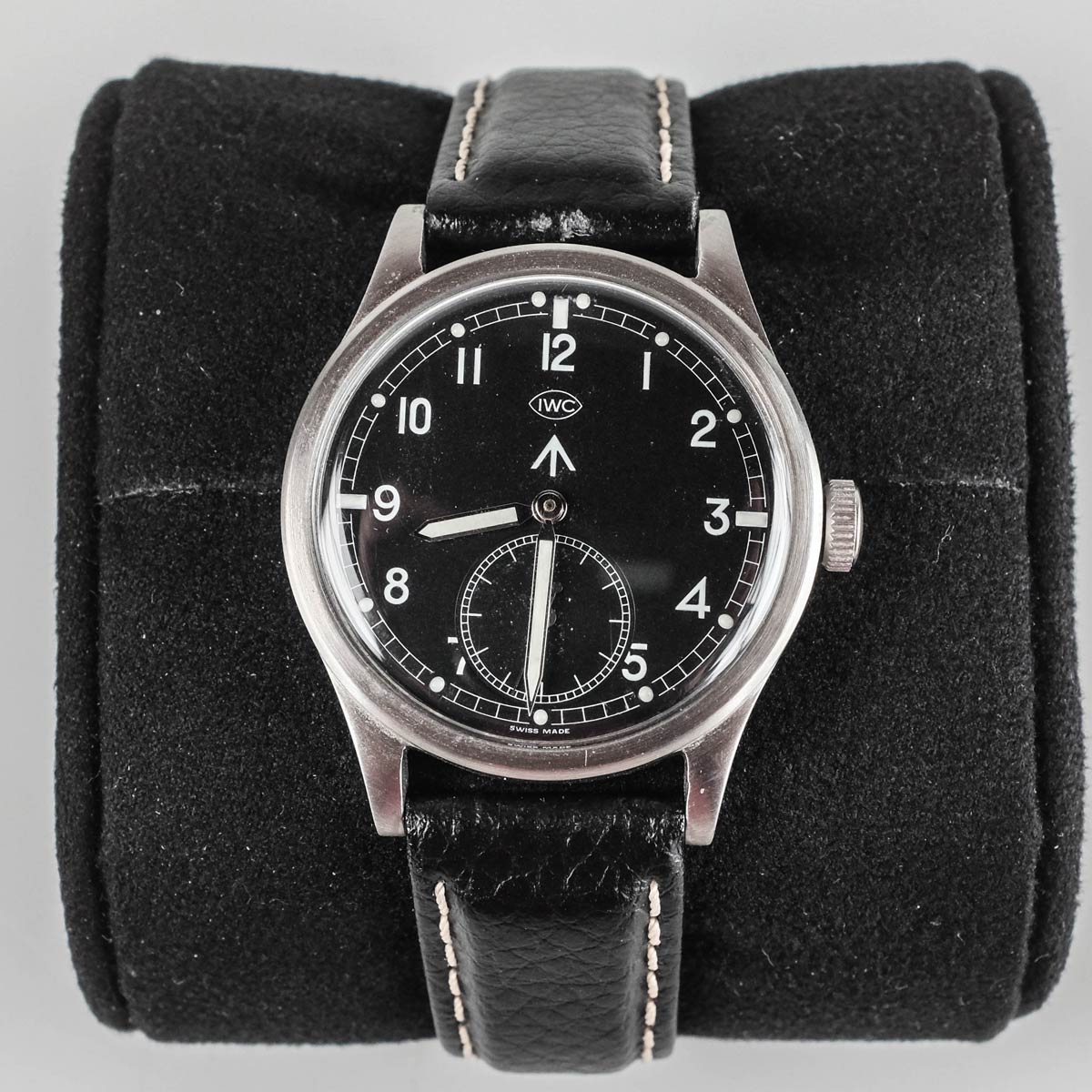
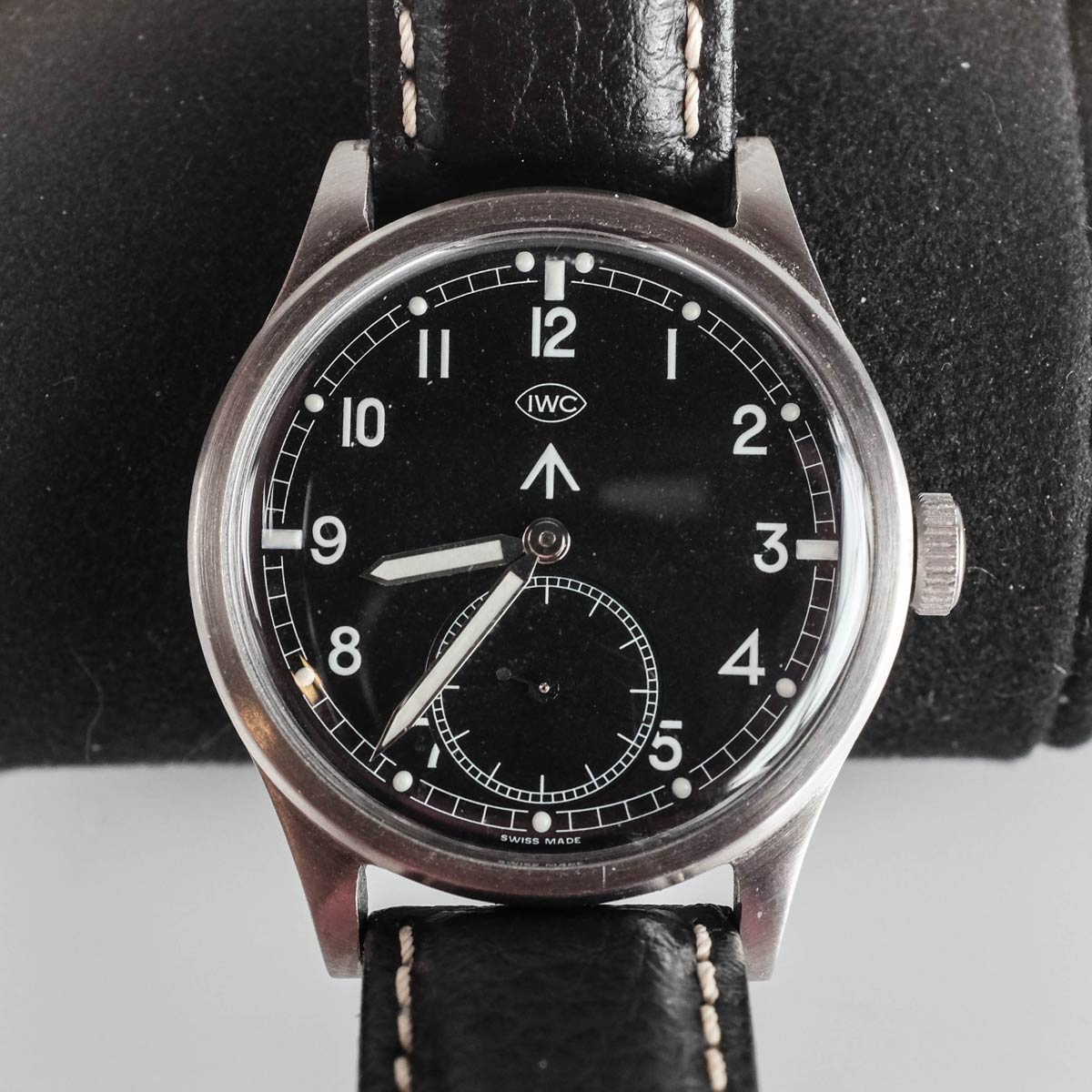

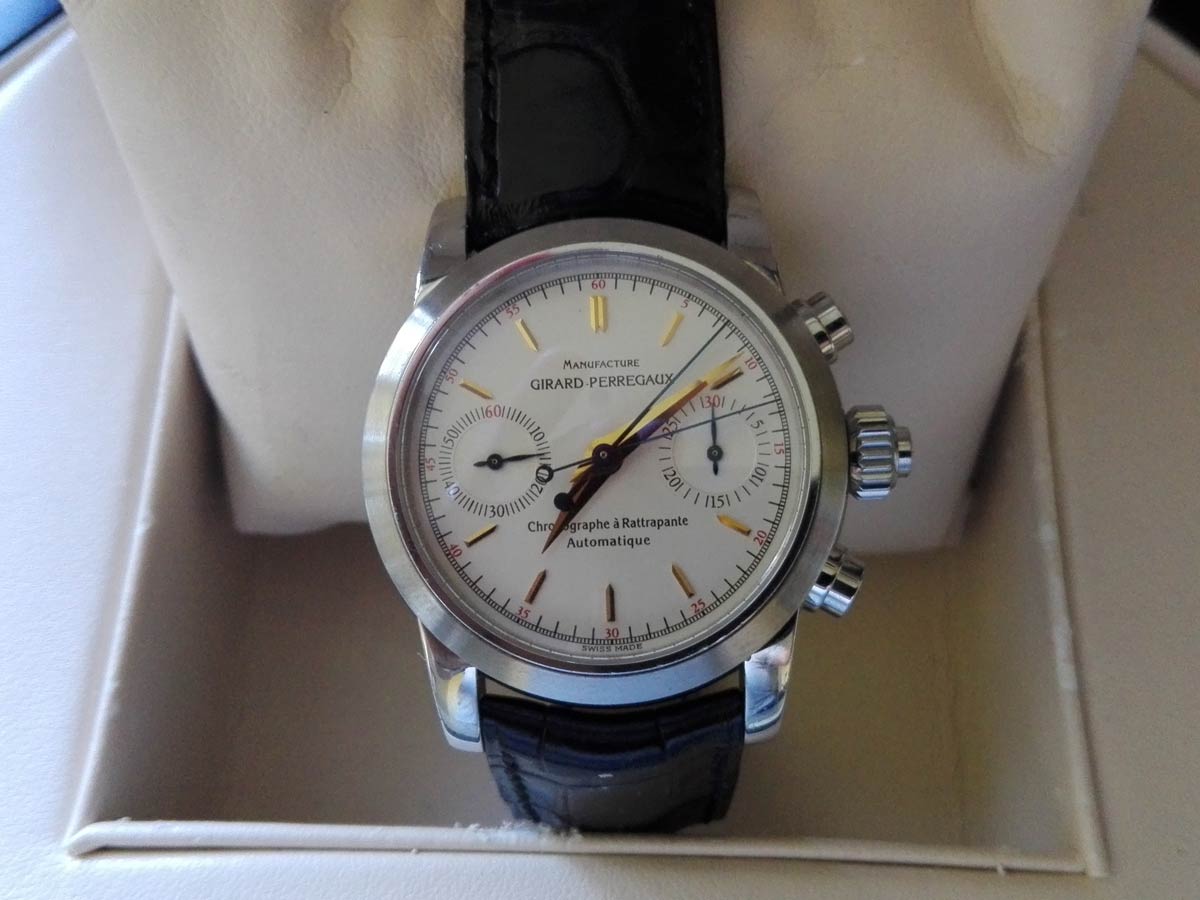
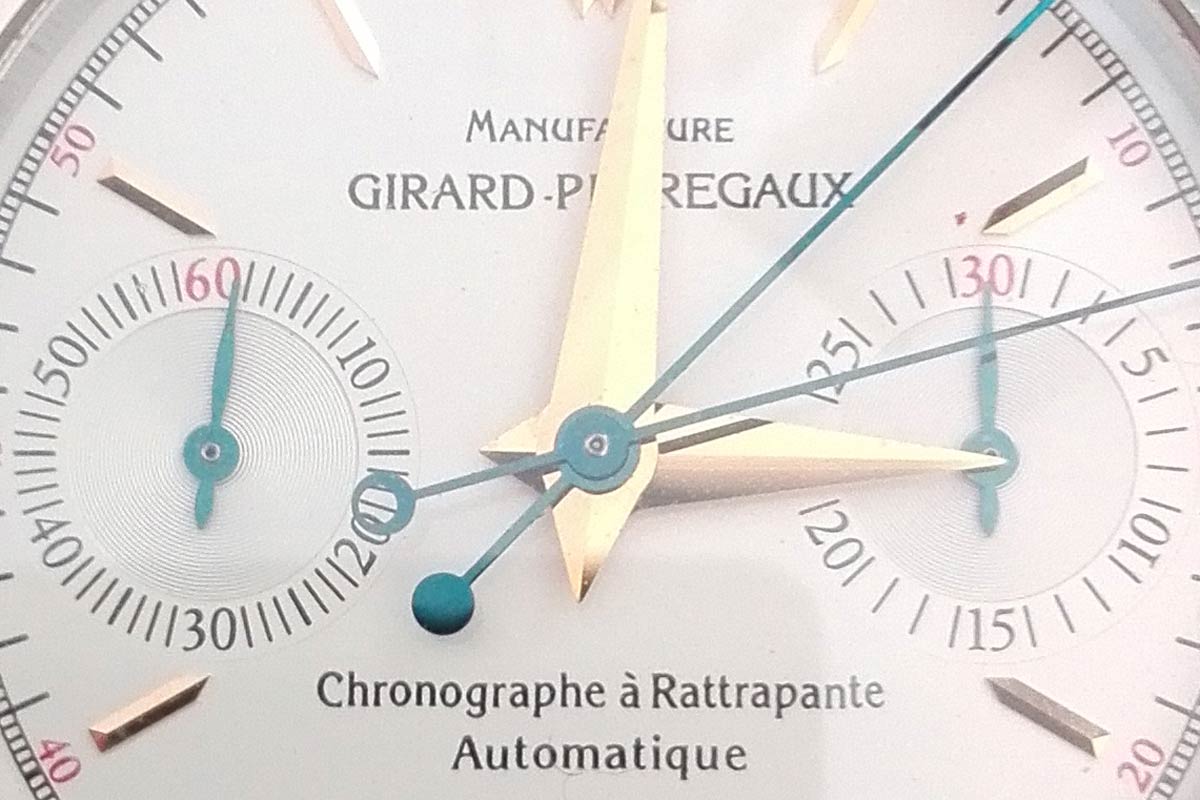
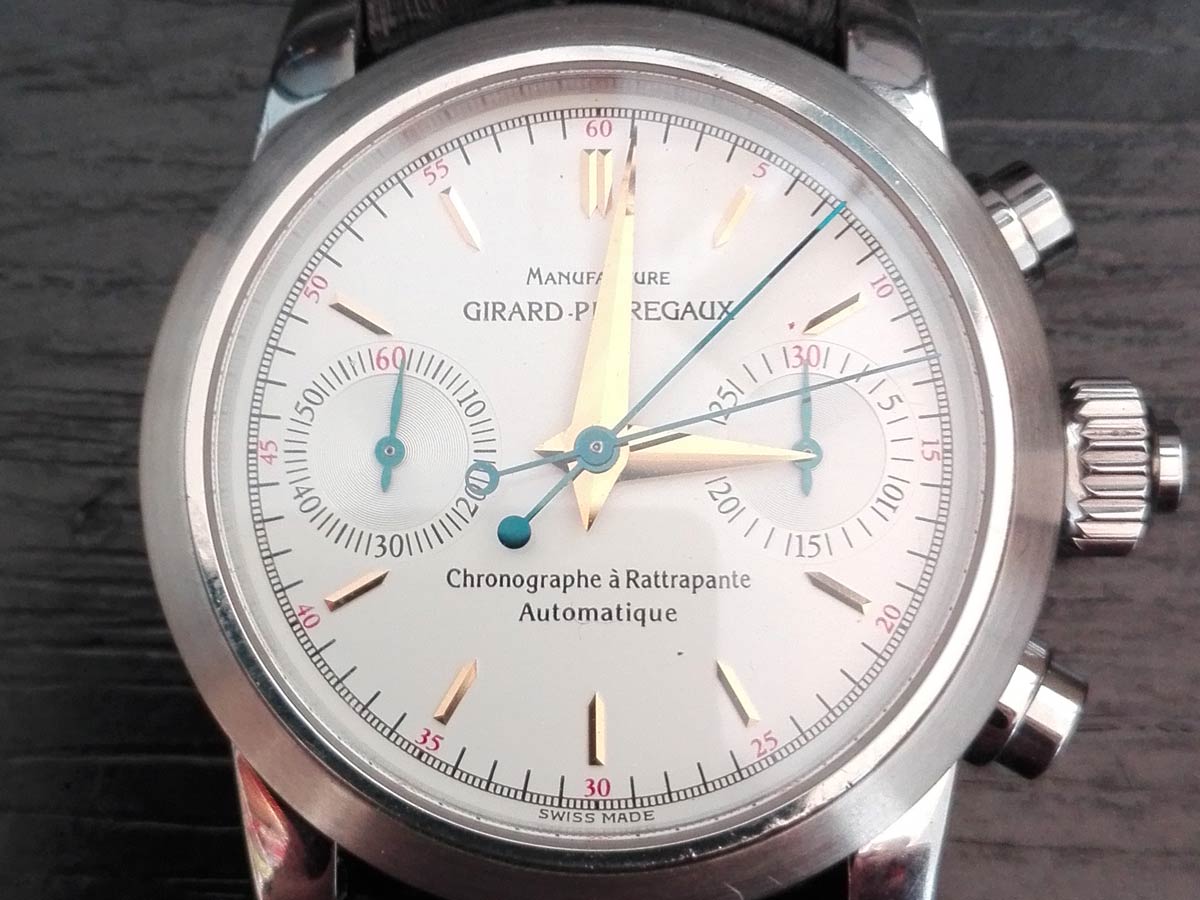
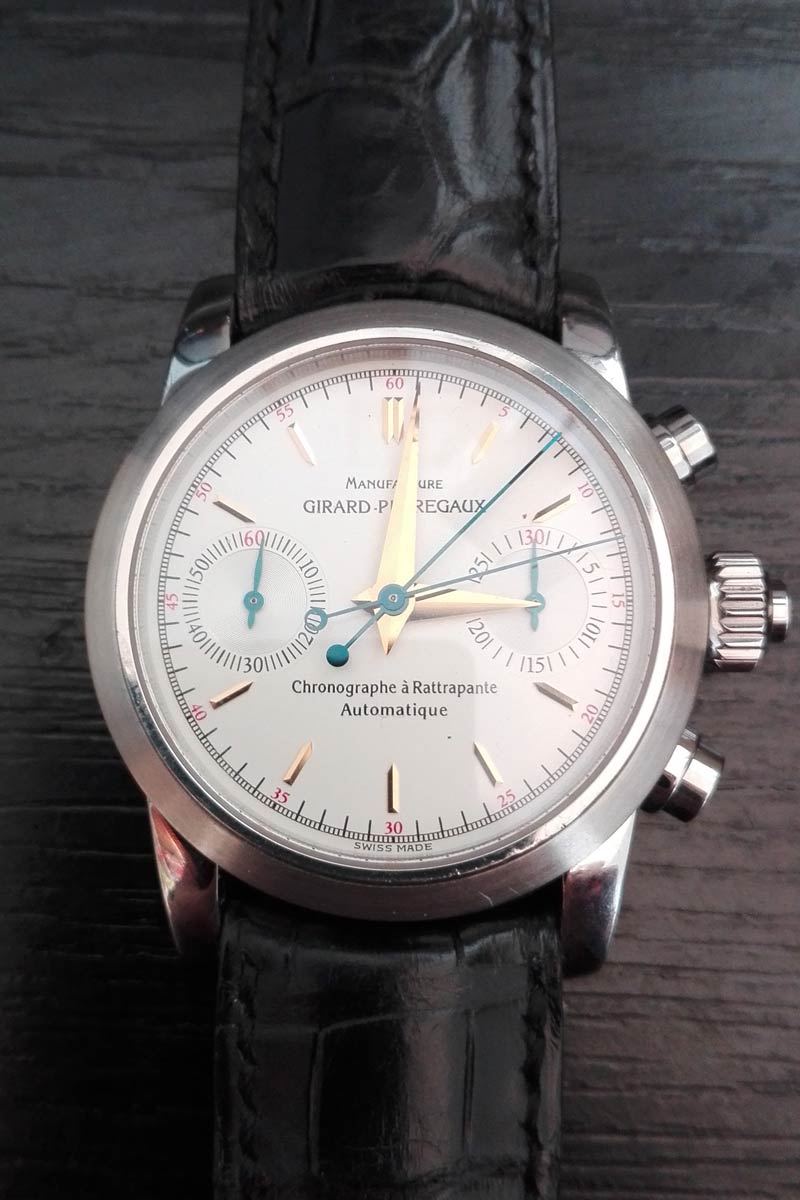
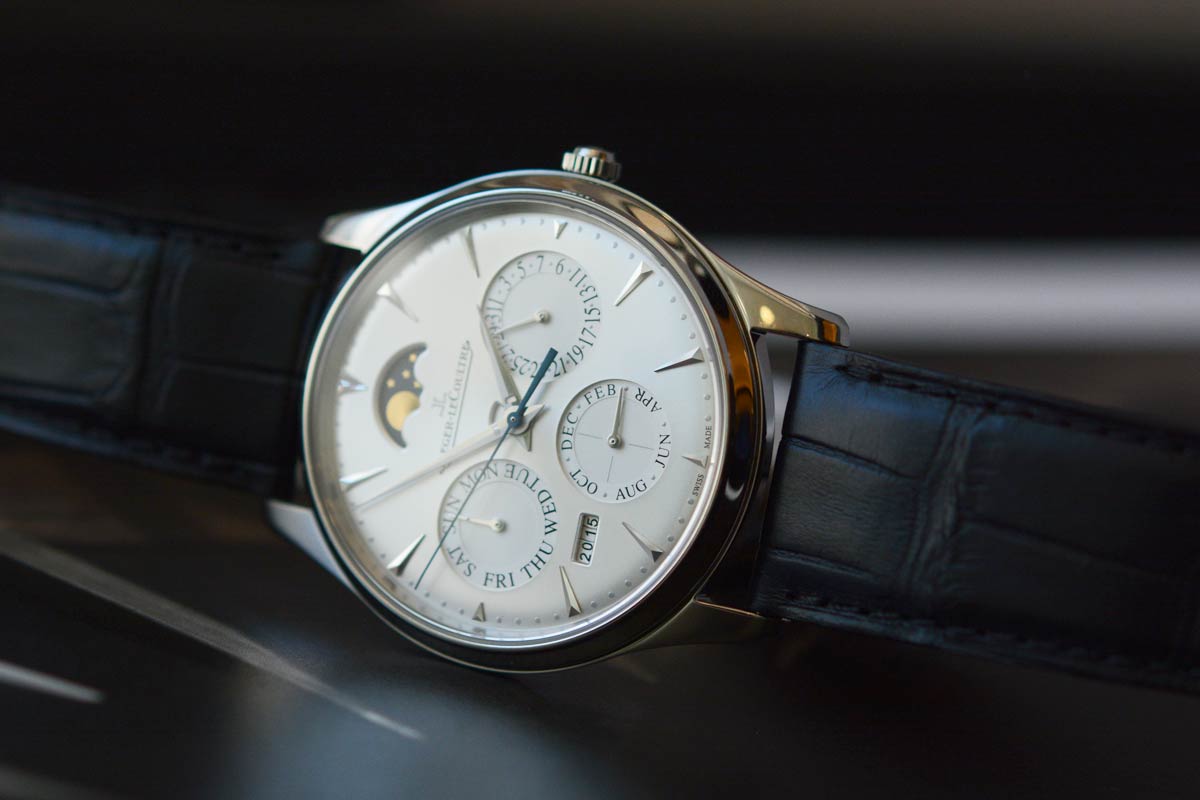
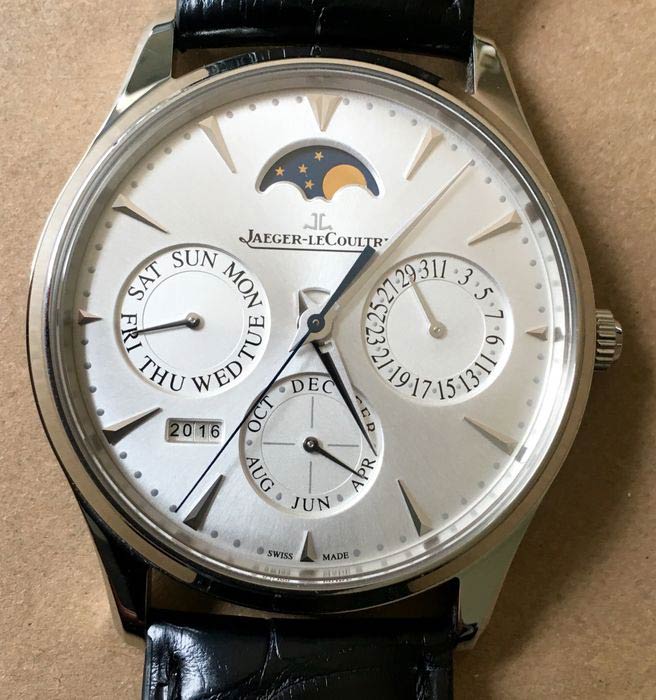

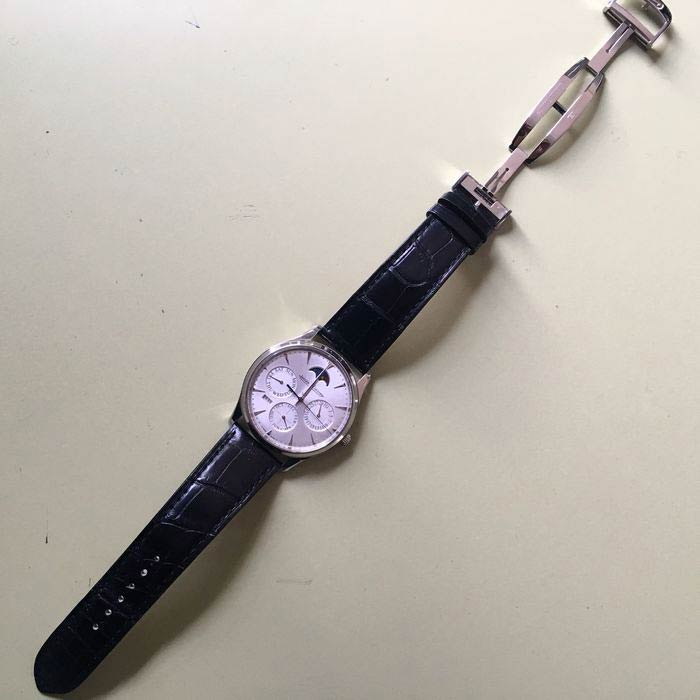
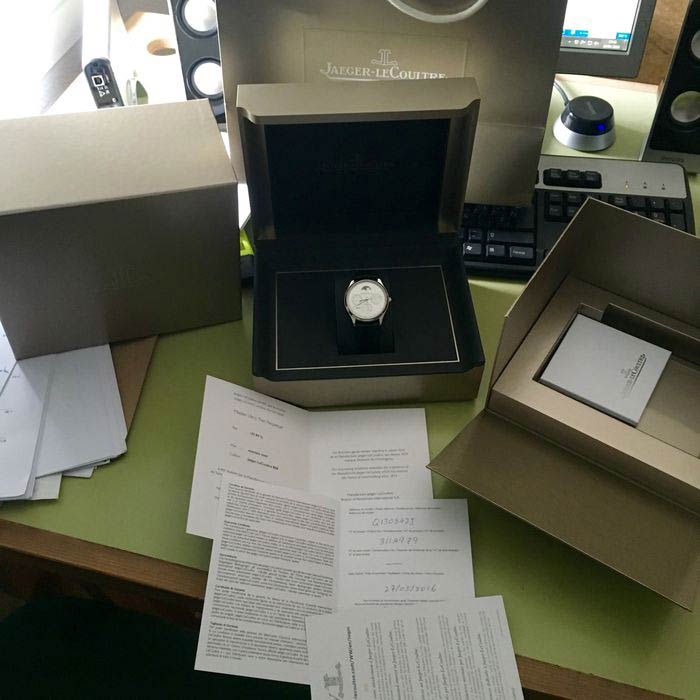

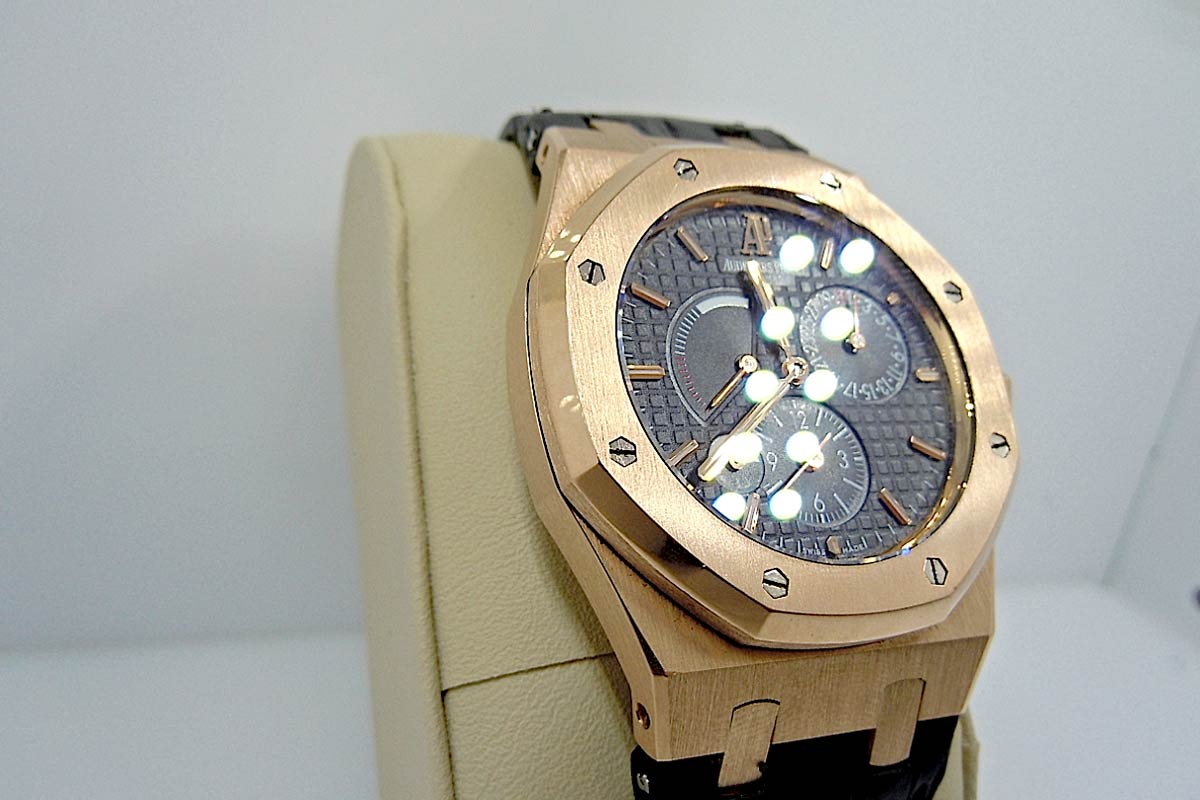

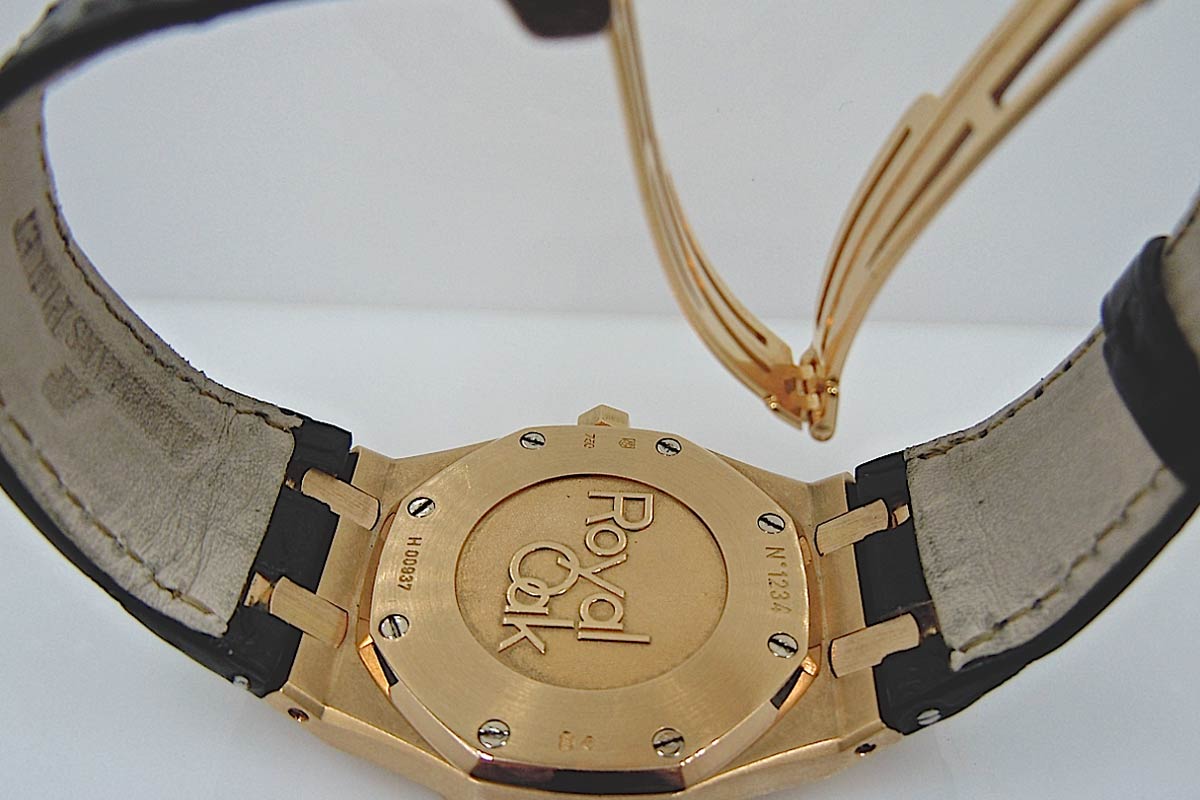
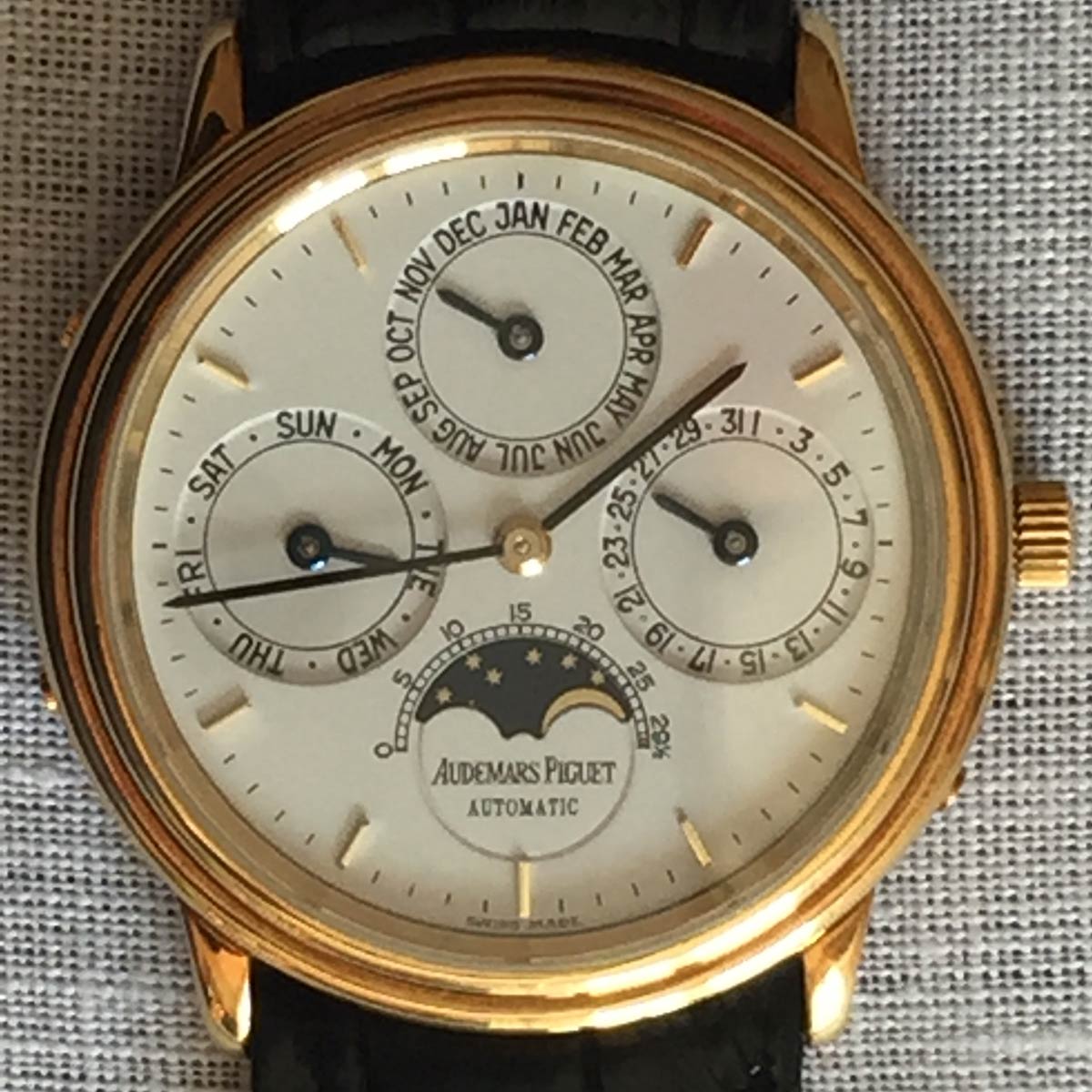




1 response
Great post, good to see that there are still hidden gems out there even as the market is so competitive and high priced.